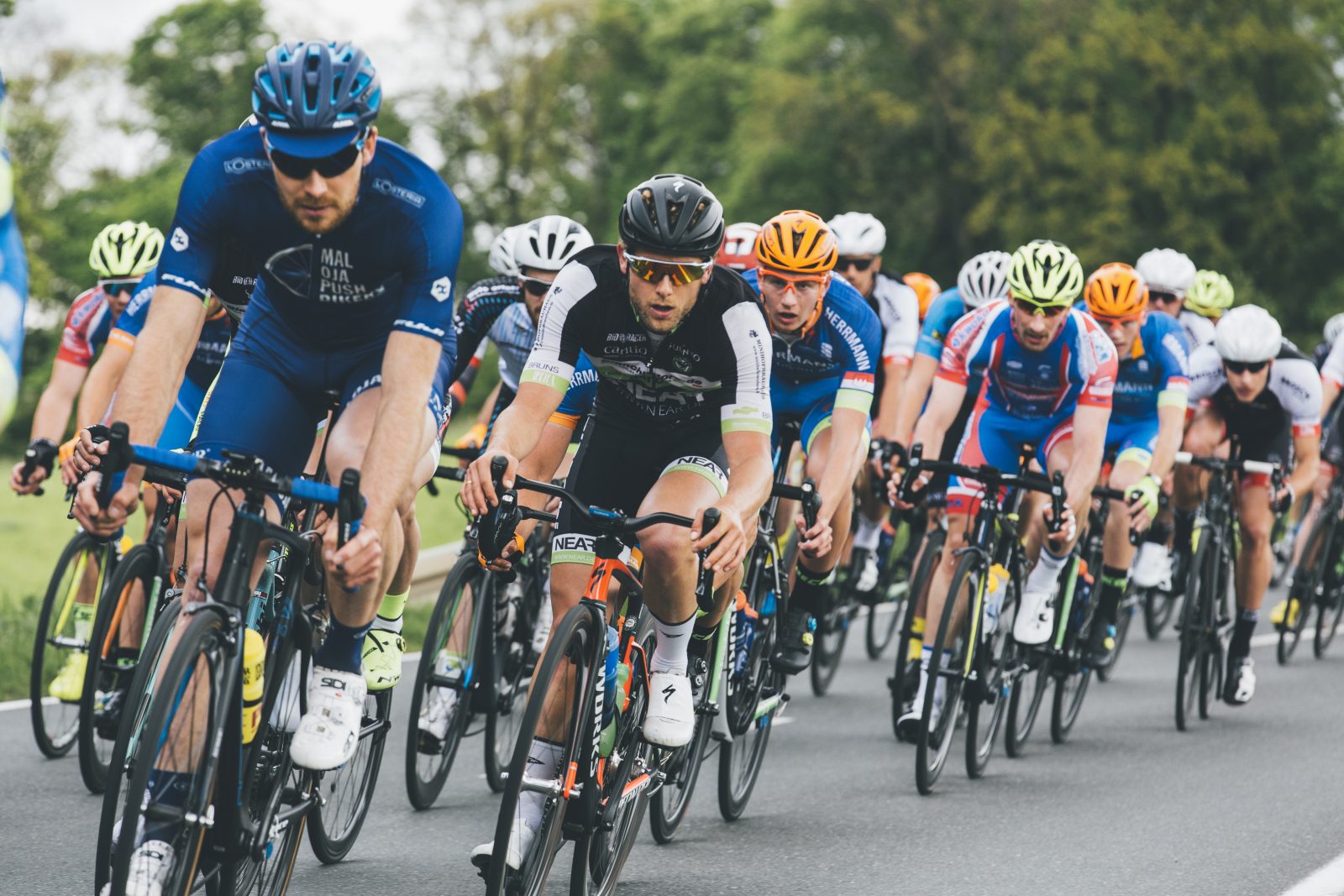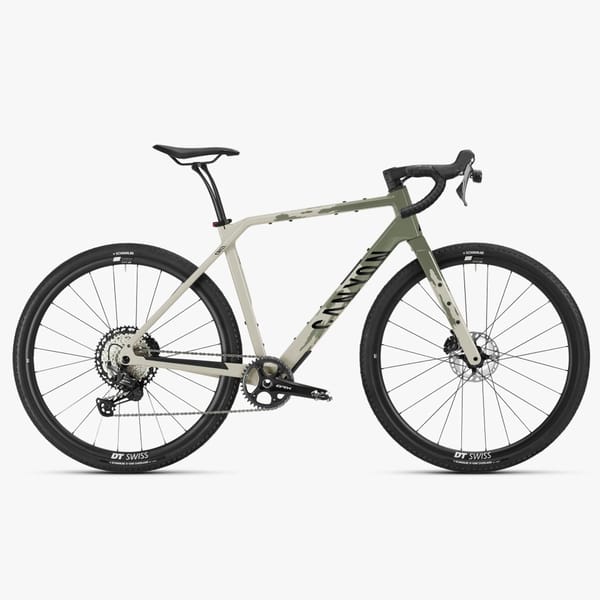How to Write a Cycling Training Plan for the Coming Year
The start of a new year means new resolutions. However, without a well laid out plan, most won’t make it further than a month or two. Having a goal (or a few) for the year is a good start, but without a plan to get there you’re just dreaming.
Developing a solid plan for the year doesn’t have to be complicated and you don’t need to shell out hard earned cash on a coach or materials to be successful. Here’s how to get started.
Find the Time
Before you even start to think about specific goals or events you want to tackle, start by organizing your schedule and figure out how much time you’ll have to train. What life events might be coming up that will affect training time? What time of day will you be training? Will you be training inside or outside?
Get your non-negotiable calendar sorted first. Work schedules, vacations, family obligations, etc…
For example, knowing that I have a kid on the way in February and that the first three months of the year are the busiest at work, I probably shouldn’t plan on making huge strides in fitness by March or April. Instead, my focus should be on maintenance.
You have to be completely honest with yourself. Planning to ride 20 hours a week if you have a 60-hour a week job and a family will either result in complete failure or a divorce.
Write Down Some Realistic & Achievable Goals
Setting a goal to win a specific race may work for professional cyclists who train and race for a living, but it’s not a great way to go about goal setting for mere mortals. Simply put, winning a race is not a controllable goal. There are far too many factors at play.
A goal would be to make yourself fit enough to be able to win. Day of, it’s up to a mix of luck, race tactics, etc…
Time-based and metric-based goals, however, are a great place to start and they allow you to be as data-driven as you want. A time-trial or hill climb are good goals and thanks to data from Strava it’s not hard to compare yourself to other athletes and develop an achievable goal. If your goal is a sub-hour 25-mile time trial it’s not hard to take a baseline now and watch progress over the year.
Likewise, purely metric based goals are easy to trend over time. Targeting an FTP increase for mid to long-effort cyclists or a maximum 5-second wattage increase for sprinters are both goals that will afford you plenty of data for watching progress.
Being realistic with any goal is key. Should you target a power-to-weight ratio of 6.5 when you’re currently at 2.5? Probably not. Nor is a sub-hour 25-mile time trial if you currently struggle to maintain 18 mph. Incremental changes are key for amateur athletes so a 5% to 20% improvement over a year is about the most a trained athlete can expect. Newcomers to the sport may be able to achieve more.
From there you can look at a secondary goal. Ideally, you would want to achieve your secondary goal a few months before your primary goal. When talking about a primary goal like improving power-to-weight ratio, a good secondary goal might be losing weight by improving your nutrition. If you can hammer away at a goal from two directions it will be that much more achievable.
A few tertiary goals can help keep things fresh and on pace throughout the year as well. You might want to tackle a spring century or some early season time trials to gauge fitness. They should be placed on your calendar to keep your mind engaged and focused on your goal and to allow you to take away data to see if you’re making progress.
Find your goal, then create a plan that fits.
- Flat race – target your 5-second power and riding in a peloton
- Time trial or hill climb – work on your sustained power
- Rolling race – work on your 2-minute power
Periodization is Key
You cannot train hard every week for a year. You’ll implode.
One of the more difficult elements of planning your training is ensuring you have periods of deloading built in. This is called periodization. You want to peak in fitness in time for your goal, not before and not after.
I think it’s easiest to look at the year in 6-week blocks. Test your fitness at the beginning of a training block and look to make progress by the end. Seeing changes every 6-weeks will keep you motivated and on track. Then take a week to recover with relatively easy efforts and start a new block. A particularly tough block might require a rest week every three weeks. If you fail to hit the targets you set, don’t be afraid to repeat a block of training.
Blocks don’t need to be 100% tied to your goal either. Maybe your goal is peak wattage, so you spend 50% of your time for a block in the gym as opposed to on the bike and start working weight lifting into your plan. Or maybe you use a block to work primarily on leg speed and technique work. Target a weakness in each block that will help contribute to success in your primary goal and knock it out. As you get closer to your goal event focus your training.
Plot Out Your Plan
Sit down with a calendar. Start by writing down your goals. Then start building your blocks.
Creating blocks and corresponding sessions is a cakewalk these days thanks to the ubiquitous nature of smart trainers, power meters and corresponding software like TrainerRoad and Zwift. Low-tech options work as well. And for time-based goals, all you really need is a stopwatch.
Training Peaks will crunch the numbers and track metrics for you; power, heart rate, fatigue, fitness, and form. Or you can jot everything down in a training diary, sometimes perceived effort is a lot more helpful than a metric anyways.
Don’t forget rest. Beyond the periodization we talked about earlier, you need a minimum of one to two days off the bike each week.
The underlying idea? Incremental and steady progress throughout the year leading up to your goal.







